7 outstanding things to do in Mexico
01/10/2023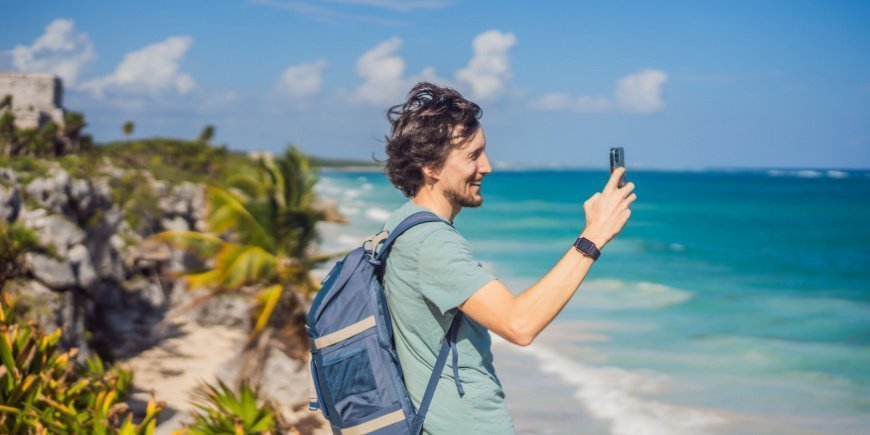
If you’re looking to go on a versatile tour that offers activities, culinary experiences and a rich history, you should consider a tour to Mexico.
The country is a diverse and exciting destination, which appeals to a broad spectrum of interests and preferences. No matter what you’re hoping to get from your next travel experience, there’s a good chance you’ll find it in Mexico.
Below are our suggestions for 7 things you should experience in Mexico.
Explore Mexico City
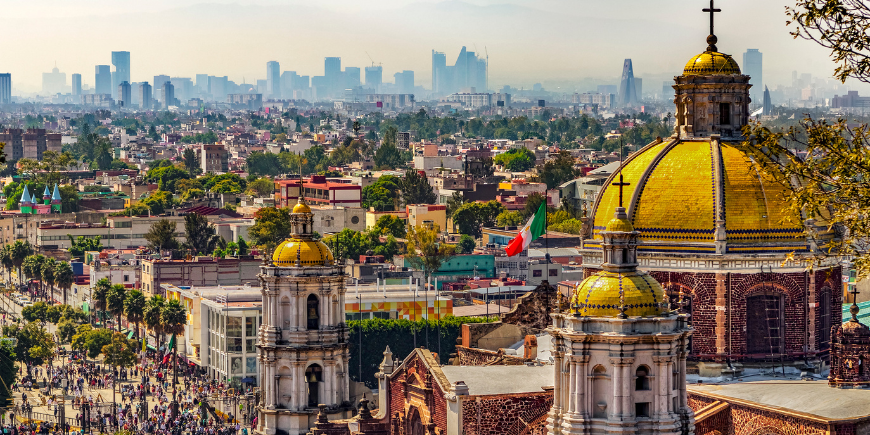
Mexico City, the capital of Mexico, is one of the world’s most dynamic and populated cities. With more than 22 million inhabitants, the city is Mexico’s largest, and offers huge diversity and the possibility of countless activities.
A mix of old and new, it offers an impressive architectural legacy. You’ll find everything from Aztec ruins, colonial churches and palaces to modern high-rises. Visit Zocalo, a central square in Mexico City, where you can experience the national palace, which among other things houses the historic murals of famous painter Diego Rivera, and Mexico’s largest cathedral, which is built of stones from the ancient temples of the Aztecs.
Mexico City also has something for those wishing to stroll in beautiful parks, such as Chapultepec Park, colourful neighbourhoods, such as Coyoacán (where you will also find the Frida Kahlo Museum) and exciting nightlife districts such as Condesa and Roma.
Mexico City is a vibrant city of contrasts, with a rich cultural heritage ad a dynamic present. Regardless of whether you’re interested in history, art, food or lively city life, Mexico City is a destination that has experiences for every taste.
Get even closer to the Pre-Columbian history
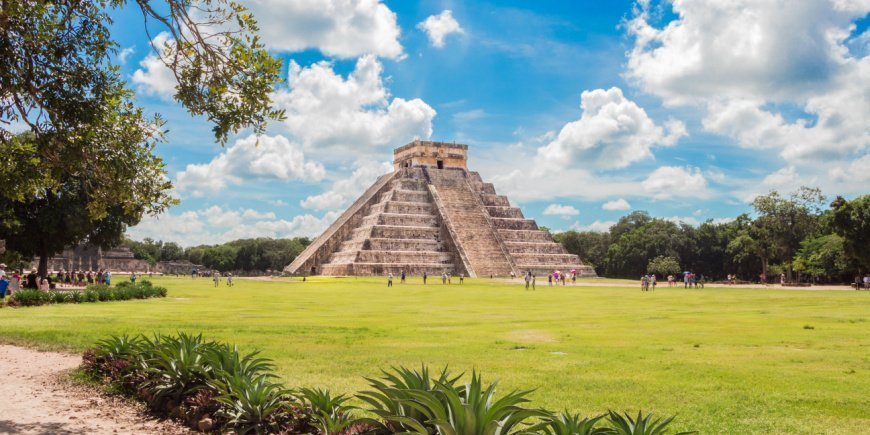
A tour to Mexico is also a tour into Pre-Columbian history, e.g. the eras of the Mayans and the Aztecs.
The Maya people lived in Mexico in the period before the Spanish conquest (in the early 16th century), and some of the biggest sights in Mexico are from the Mayan heyday.
One of them is Chichen Itza, which is one of the most iconic and well- preserved archaeological sites in Mexico. Chichen Itza became a UNESCO World Heritage Site in 1988 for its cultural significance and historical treasure, and it is one of the most visited archaeological sites in Mexico. Located in the Mexican state of Yucatan, this impressive structure is an excellent example of the advanced Mayan civilisation that once ruled the area.
In Palenque, you’ll find another of Mexico’s unique Mayan ruins. Palenque is situated deep in the lush rainforest of Chiapas, giving the place a unique and beautiful location surrounded by green trees and lush nature. The ruins contain impressive architectural buildings, including temples, pyramids, palaces and other buildings typical of Mayan architecture. Most notable is the Temple of the Inscriptions (Templo de las Inscripciones), where the famous king Pakal the Great is buried.
The city of Tulum on the Yucatan Peninsula, which is also a great beach destination, also offers incredible Mayan ruins. Tulum houses an impressive archaeological zone with well-preserved ruins from the ancient civilisation. The city was once a thriving port and served as an important trading post. Tulum might not offer the pyramids of Chichén Itzá, but you can explore temples, palaces and defensive walls dating from the 13th to 15th centuries.
Swim and dive in the mysterious cenotes
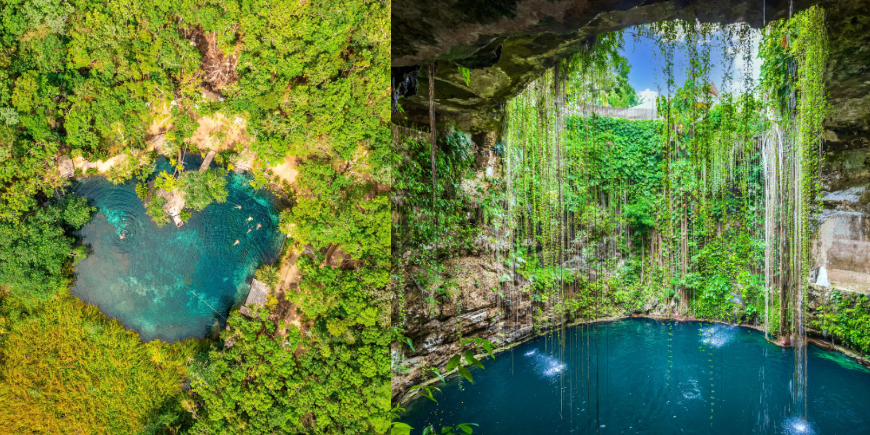
On the Yucatan Peninsula, you can explore the mysterious cenotes, which are natural freshwater caves filled with crystal-clear water. They are ideal for a scenic diving adventure and provide a unique experience you’ll never forget.
Cenotes serve as important source of freshwater on the Yucatan Peninsula, as the region has limited above-ground rivers and lakes. Some are fully open and spectacular natural pools, while others are partially covered by limestone caves, providing a more sheltered and adventurous experience.
Although cenotes are primarily associated with diving, some of them are also suitable for snorkelling. Dos Ojos and Cenote Azul are examples of cenotes where snorkellers can explore the underground caves and crystal-blue water holes without diving experience.
Eat your way through the Mexican cuisine
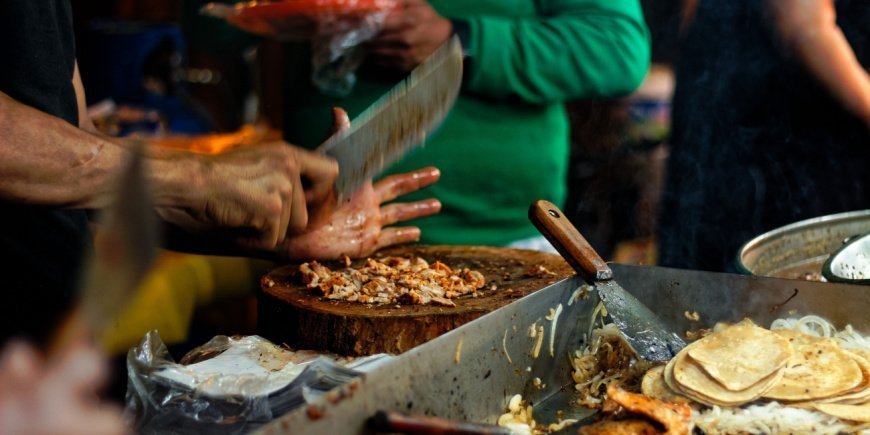
Mexico is famous for its incredible cuisine, a real feast for the taste buds.
Tacos are Mexico’s most iconic dish and are found all over the country. Choose from an incredible variety of fillings, including marinated meat, grilled fish or shellfish, vegetarian fillings and much more besides.
Mexico is known for its vibrant street food scene. The streets are brimming with food trucks and stalls serving everything from quesadillas and elotes (grilled corn) to churros and tortas (sandwiches). Trying street food is an essential part of the culinary experience in Mexico.
If you need to quench your thirst, you also have every opportunity to do so. Mexico is home to the famous mezcal and tequila drinks. You can visit distilleries and taste the different variants of these spirits, and you can also try cocktails such as margaritas and palomas. And if you’re not into Mexican drinks containing alcohol, coffee, which is also a speciality in the area, is grown in Mexico and many other countries in South America.
Gain a deeper insight into the indigenous people
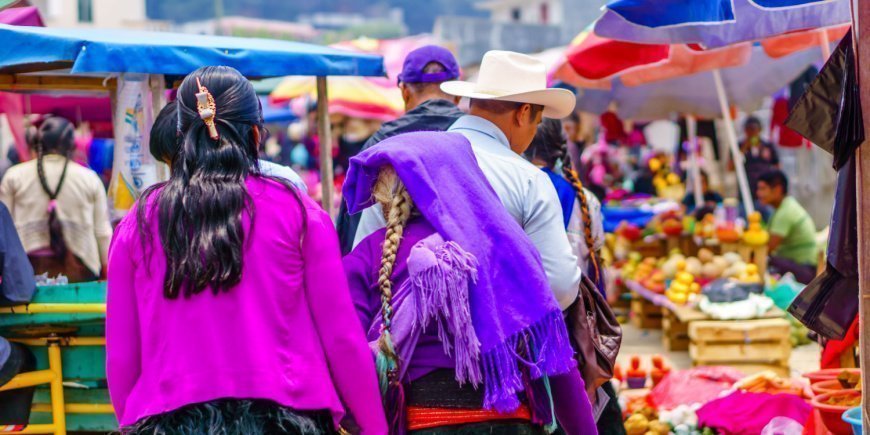
If you really want to get to know the culture of Mexico, you should visit the cities still inhabited by its indigenous people. Unlike the Aztec people, the Maya people are still to be found in Mexico.
The town of San Juan Chamula, which is located close to San Cristobal, is today inhabited by 50,000 indigenous Mayans, for whom it is particularly important to preserve the cultural heritage of the Mayan people.
This evidenced by the fact that the residents have their own language, as well as their own police and their own rules. What’s more, each village has its own costumes with carefully designed patterns and colours – and it’s an experience to visit the markets where the people can be seen wearing them.
A visit to San Juan Chamula is also an opportunity to see an excellent example of how cultures merge over time. The town’s distinctive church is a fusion of the original Mayan faith and the Catholic faith. The people pray to the Mayan god or saint who is relevant to precisely the illness or wish that is the reason for their visit.
Explore Mexico underwater
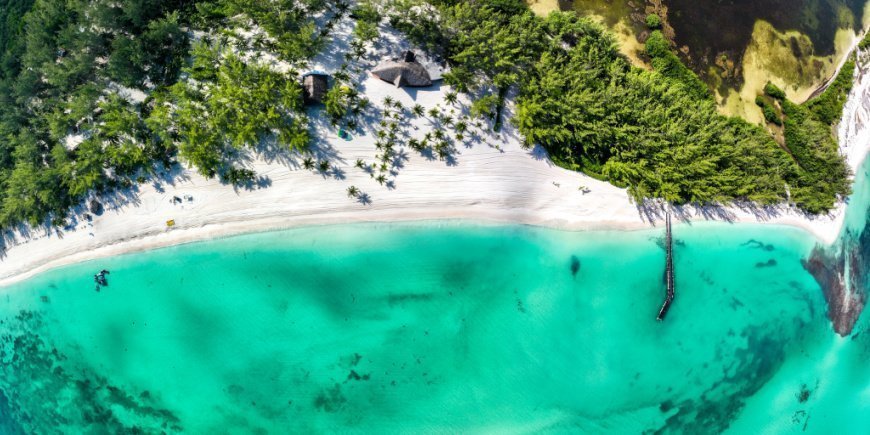
Mexico offers a sea of experiences for those who love water – regardless of whether you want to lie beside it or be in it.
Playa del Carmen is a popular beach destination located on the Yucatán Peninsula in Mexico. The resort is known for its breathtaking white sandy beaches and clear, turquoise waters. The main beach, known as Playa del Carmen Beach or Playacar Beach, is a popular spot for sunbathing and water sports alike. Playa del Carmen combines sun and beach with culture and adventure, making it an ideal place for both relaxation and exploration.
Cozumel, an island located in the Caribbean Sea off the Yucatan Peninsula, is known as one of the world’s best diving spots. It has crystal-clear waters and rich marine life including colourful corals, sea turtles and tropical fish.
Whether you’re an adventurous water sports enthusiast or just want to relax on the beach, Mexico has a wealth of water activities to fulfil your desires and interests.
Celebrate the deceased at Día de los Muertos
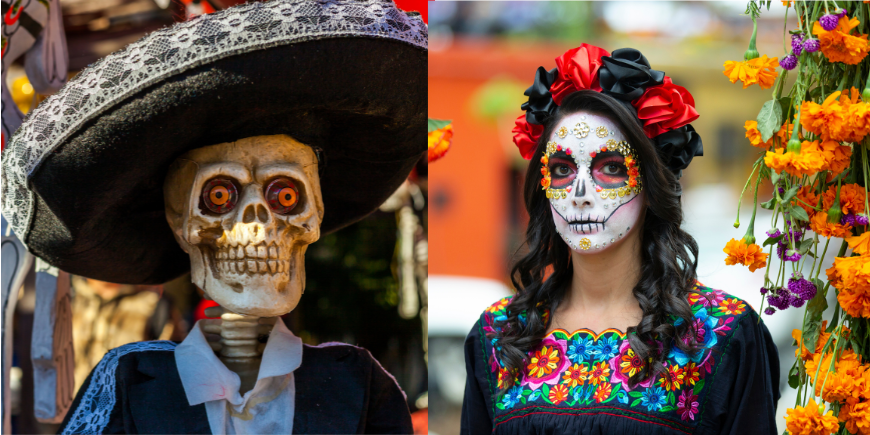
Día de los Muertos, or Day of the Dead in English, is one of the most important and colourful traditions in Mexico. The holiday is celebrated every year from 31 October to 2 November, when the Mexican population pays tribute to and remembers the deceased.
Día de los Muertos is rooted in a mix of Native American culture and the Catholic faith. This celebration originates from the ancient Aztec rituals that were practised in Mexico before the Spanish conquest. After the arrival of the Spanish colonists, some of these traditions were fused with Catholicism, and the Day of the Dead became a fusion of both.
In the streets during the holiday, you’ll find, among other things, calaveras, which are often colourfully decorated skulls to represent death and rebirth, Pan de Muerto, or Bread of the Dead, a sweet bread that is eaten during the celebration and is shaped like a round ball with “bones” on top, as well as Calacas and Catrinas, which are colourful, scary or humorous sculptures or costumes of skeletons, often smartly dressed. They symbolise the fact that death is a natural part of life, and can even be a cause for celebration.
In Mexico, you can expect a travel experience filled with rich cultural heritage, beautiful beaches, culinary adventures, and a connection to nature. From the magnificent Mayan ruins of Chichen Itza to the idyllic beaches of Playa del Carmen and Tulum, and the colourful culture surrounding the Day of the Dead, Mexico offers a wide range of experiences.
Whether you’re interested in archaeology, gastronomy, sensational culture or simply wish to explore an exciting destination, Mexico has something for everyone.
Plan your next tour to Mexico and be seduced by the country’s diversity and beauty.
TourCompass – From tourist to traveller
